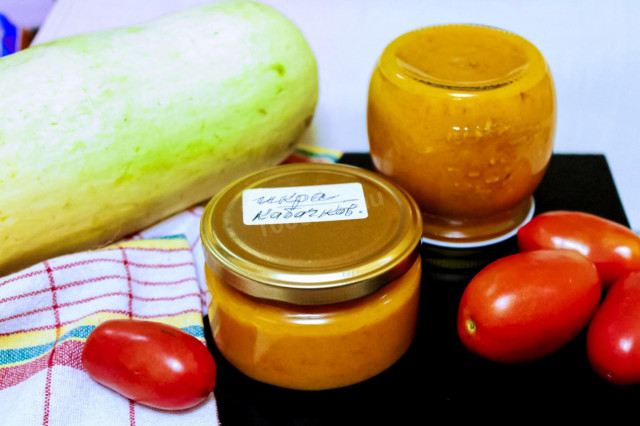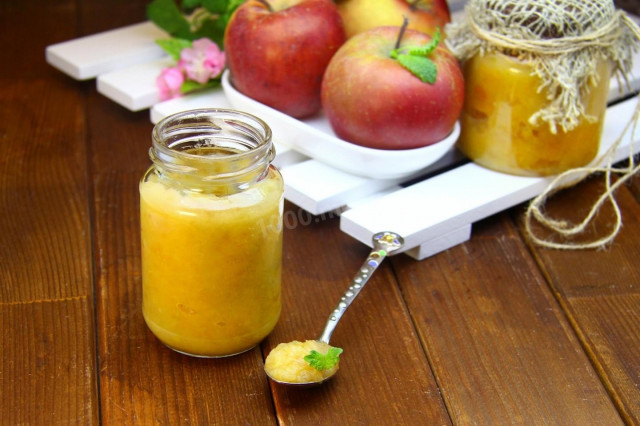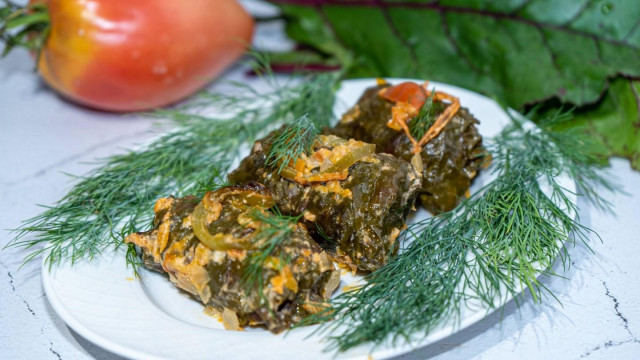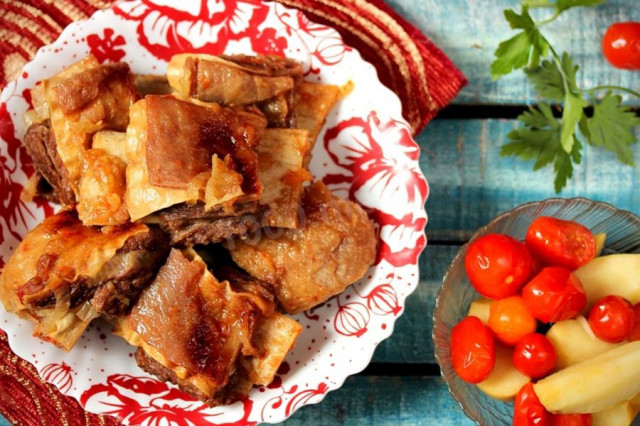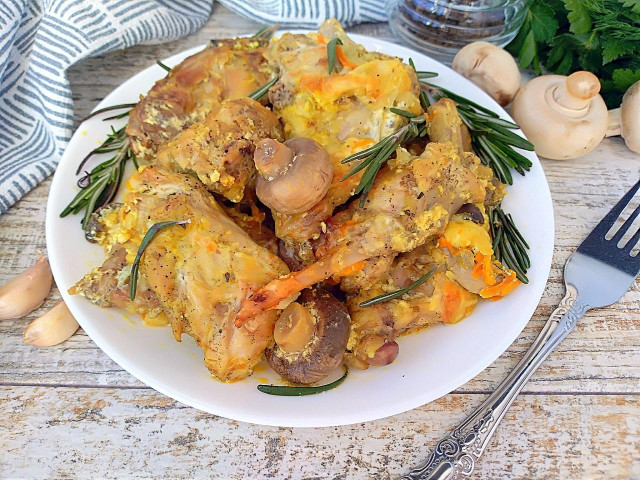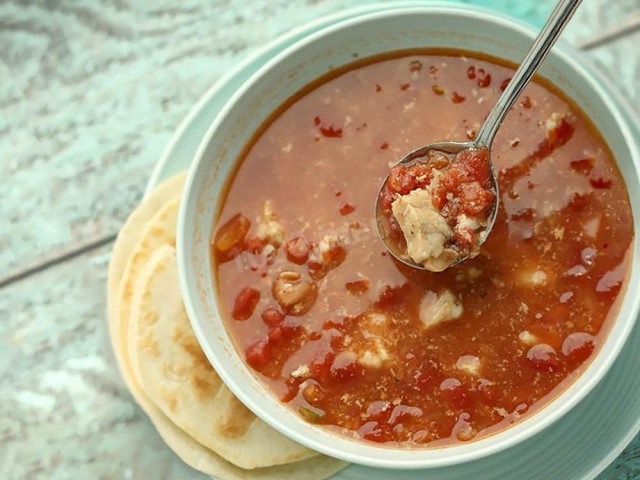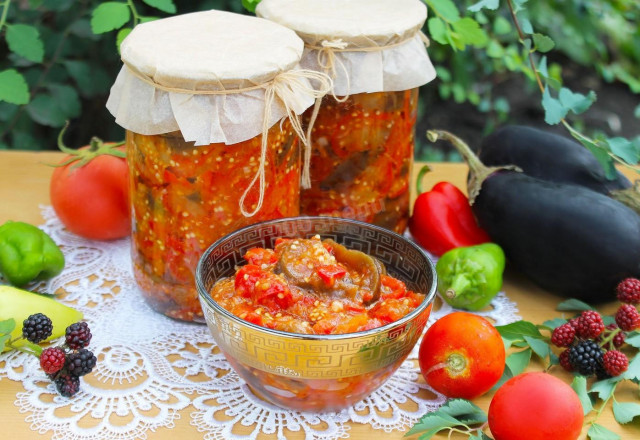Composition / ingredients
Step-by-step cooking
Step 1:
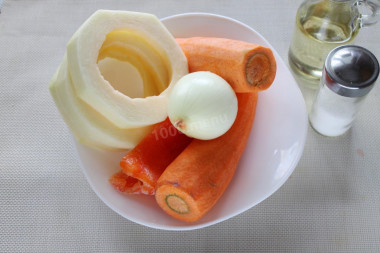
How to make squash caviar in the oven for the winter? Prepare the products. Zucchini can be any — both mature and young. With young caviar, a more delicate taste is obtained. Tomatoes, as well as sunflower oil, salt, sugar and vinegar will play the role of preservatives. I sometimes cook without vinegar.
Step 2:
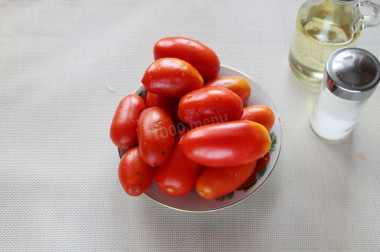
Wash all the vegetables well, cut the zucchini into circles, remove the core and peel off the upper hard skin. If the zucchini are young, then the core can not be cut (if seeds have not yet formed in it). Peel the onion and carrot as well, remove the core from the pepper.
Step 3:
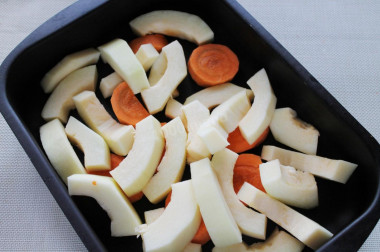
Chop all the vegetables coarsely. Place the pieces of zucchini and carrots on a baking sheet. It is better to choose a form with high sides — it will fit more.
Step 4:
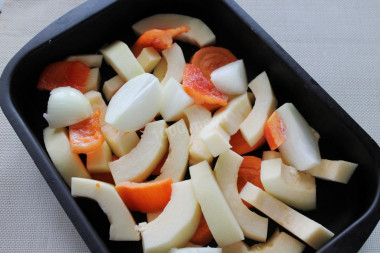
Add the onion cut into quarters.
Step 5:
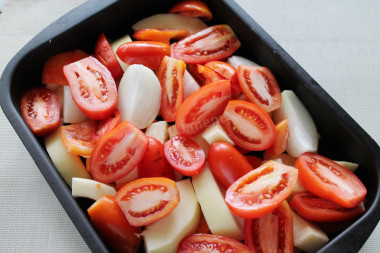
Cut tomatoes in halves and also send them to the baking tray.
Step 6:
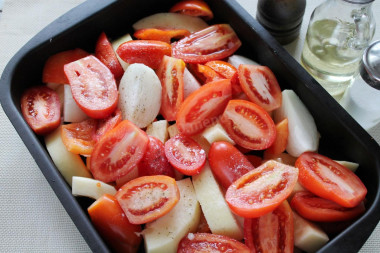
Now pour sunflower oil into the mold, add salt and sugar.
Step 7:
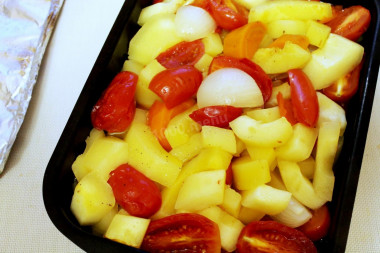
Bake vegetables, tightening the mold with foil, at 240 degrees for about an hour and a half — the exact time depends on your oven, the size of the pieces and the ripeness of the vegetables.
Step 8:
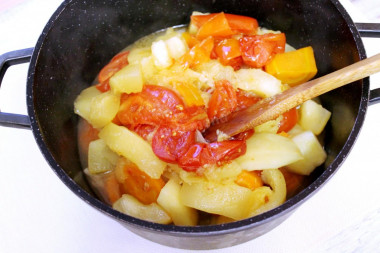
Put the vegetables in a cauldron or a saucepan with a thick bottom — so that they can be boiled.
Step 9:
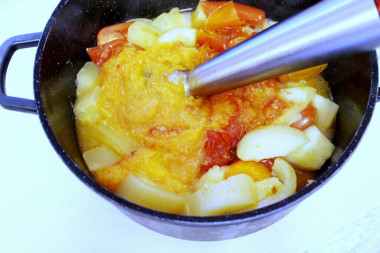
Punch the baked vegetables with an immersion blender.
Step 10:
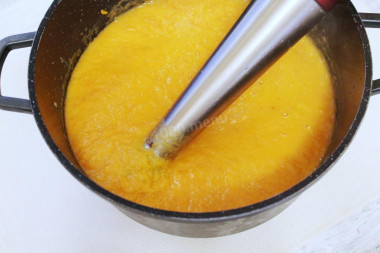
The squash-vegetable mass of caviar should be as homogeneous as possible. Now bring it to a boil, taste it with salt and sugar, pour in vinegar. In boiling form, spread the caviar into sterile jars, twist them with sterile lids and send them under a fur coat until completely cooled. But in general, caviar can be eaten immediately after cooking (then do not add vinegar to it). Enjoy your meal!
There are a lot of recipes for cooking squash caviar, every housewife has her favorite. And they will all differ in some way. The proposed recipe is very uncomplicated and simple, but requires the preservation of sterility conditions: the jars should be well washed and sterilized — I do it in the microwave at the rate of 2 minutes per jar up to 800 g; the lids are boiled, the caviar should boil when laid out. That's all the wisdom! You can even store it in a room for several months.
How to calculate the number of cans, why banks explode and how to avoid it, as well as secrets and life hacks, read the article about preparations for the winter.
How to cook properly in foil? The answer to this question, as well as useful tips and life hacks for cooking different dishes, read the article Aluminum foil is an assistant in the kitchen and at home .
Keep in mind that everyone's ovens are different. The temperature and cooking time may differ from those specified in the recipe. To make any baked dish successful, use useful information about the features of ovens !
Caloric content of the products possible in the composition of the dish
- Tomatoes - 23 kcal/100g
- Zucchini - 23 kcal/100g
- Sweet pepper - 27 kcal/100g
- Carrots - 33 kcal/100g
- Dried carrots - 275 kcal/100g
- Boiled carrots - 25 kcal/100g
- Granulated sugar - 398 kcal/100g
- Sugar - 398 kcal/100g
- Salt - 0 kcal/100g
- Onion - 41 kcal/100g
- Sunflower oil - 898 kcal/100g
- Refined sunflower oil - 899 kcal/100g
- Acetic essence - 11 kcal/100g

